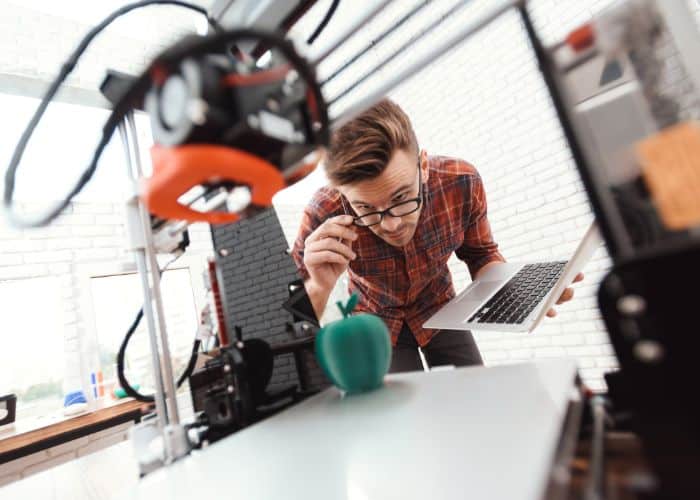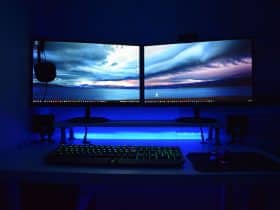We don’t need further proof of how technology is an integral part of our lives, but a 3D printer’s capabilities prove that machines are taking over the world. Nevertheless, 3D printers aren’t foolproof, and the greatest limitations of a 3D printer prove it.
Substantial Investment
The price of just one machine may run you anywhere from a few hundred to several thousand dollars. In addition, you’ll have to shell out more cash for the essential software and hardware. Even though 3D printing has been around for 40 years, a select few can use the technology to their benefit.
It’s possible to save money on a consumer 3D printer if you’re willing to purchase one online. Still, there’s no need to spend more money on the materials when you don’t have the means to use them. You may regret purchasing a 3D printer unless you want to learn from the experience or intend to make original ideas.
A Skilled Art
As awesome as it would be to hit Ctrl+P and replicate a chair, it’s unrealistic because 3D printing requires talent and experience with CAD software. It may take years of schooling and hours of hands-on practice before you get the hang of 3D printing technology. The learning curve may frustrate some interested parties, but learning from mistakes is one way to hone your skills.
Seeing Double
It’s common knowledge that piracy poses a major threat to businesses. A competitor may drive away an established producer by copying their product and offering it at a lower price. The advent of 3D printing has made this process considerably less complicated.
If you have the file’s blueprint, you may use it as a starting point for reproducing the design. You may print as many 3D components as you want after you have the design in 3D. As technology extends its reach, patent violations may become more common.
Limited Materials
Having no control over the printing medium is one of the most obvious ways 3D printing falls short. As demand rises, more materials become accessible. However, a far smaller pool of options remains than conventional production.
Plastic is now the most popular material for 3D printing with its low melting point and price, but 3D printing’s limited material selection restricts its use.
You may need many 3D printers to print using various materials. You can print only a finite amount of things on any given printer. Other than the materials’ scarcity, they can also be hazardous. Resins and filaments emit harmful particles that are potentially dangerous to inhale.
Size Restrictions
While using a certain 3D printer, you cannot print anything that exceeds the dimensions of the printer’s capacity. What printer size means for your project is that it limits your creativity.
Larger-scale 3D printers exist, but industrial-grade 3D printers aren’t within the average person’s price range. Paying for the extra costs would be utterly unattainable when faced with a tight budget. Although it is possible to 3D print a home with a single room, constructing larger, multistory houses is still difficult.
The greatest limitations of a 3D printer shouldn’t deter you from investing and experimenting with one because they are remarkable pieces of technology. Getting the full picture helps you know what to expect.














Leave a Reply